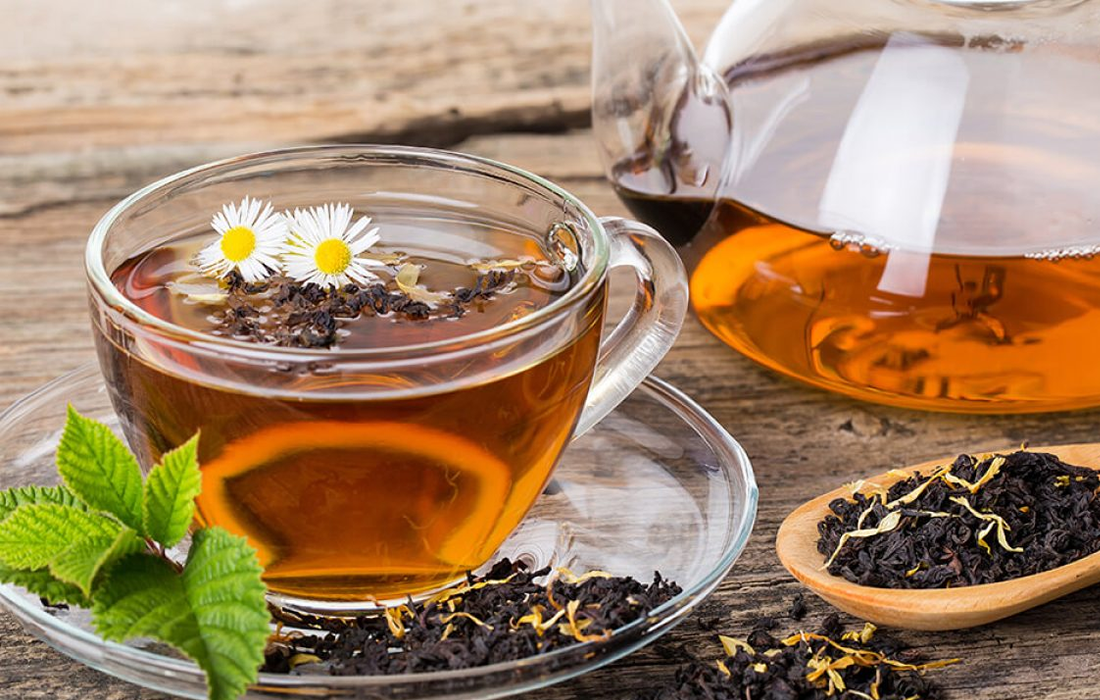Nutrition and Supplements
Can Black and Green Tea Lower Blood Pressure?
Since its initial use in China over 4000 years ago tea has become one of the most commonly consumed beverages worldwide, second only to water. The leaves of the evergreen species Camellia sinensis are used to make the most prevalent caffeinated teas. Since they are produced from the same plant, the differences between tea varieties (green, oolong, and black) are due to leaf fermentation levels (unfermented, partially fermented, and fully fermented, respectively), which impart the characteristic properties and flavors of the teas.
Though there is evidence of health benefits conferred by all tea produced by Camellia sinensis, green tea is the most studied as it has the highest antioxidant properties. In vivo and in vitro studies show green tea extract inhibits carcinogenesis, as well as reduces hypertension and risk of heart disease. However, the mechanism behind these therapeutic properties remains incompletely resolved. Medicinal plants contain bioactive compounds that either act independently or synergize to produce therapeutic results.
A new study from the University of California, Irvine by Kaitlyn E. Redford et al shows that compounds in both green and black tea relax blood vessels by activating ion channel proteins in the blood vessel wall. The discovery helps explain the antihypertensive properties of tea and could lead to the design of new blood pressure lowering medications.
They showed that herbs with hypotensive properties were unified in their ability to activate the vascular and neuronal voltage-gated potassium (Kv) channel, KCNQ5 [9]. KCNQ5 belongs to the KCNQ (Kv7) subfamily of voltage-gated potassium channels, which in the human genome is composed of five genes (KCNQ1-5).
Results from the research revealed that two catechin-type flavonoid compounds (epicatechin gallate and epigallocatechin-3-gallate) found in tea, each activate a specific type of ion channel protein named KCNQ5, which allows potassium ions to diffuse out of cells to reduce cellular excitability. As KCNQ5 is found in the smooth muscle that lines blood vessels, its activation by tea catechins was also predicted to relax blood vessels, a prediction confirmed by collaborators at the University of Copenhagen.
Prior studies demonstrated that consumption of green or black tea can reduce blood pressure by a small but consistent amount, and catechins were previously found to contribute to this property. Identification of KCNQ5 as a novel target for the hypertensive properties of tea catechins may facilitate medicinal chemistry optimization for improved potency or efficacy.
“Regardless of whether tea is consumed iced or hot, this temperature is achieved after tea is drunk, as the human body temperature is about 37 degrees Celsius,” explained Abbott. “Thus, simply by drinking tea we activate its beneficial, antihypertensive properties.”
With one third of the world’s adult population having hypertension and this condition being considered to be the #1 modifiable risk for cardiovascular disease and premature mortality, the discovery of new approaches to treat hypertension are of great importance to improve public health on a global scale.
Source:
University of California – Irvine. “New discovery explains antihypertensive properties of green and black tea: Study results may lead to new blood pressure-lowering medications.” ScienceDaily. ScienceDaily, 8 March 2021.
Source link: www.sciencedaily.com/releases/2021/03/210308131703.htm
Kaitlyn E. Redford, Salomé Rognant, Thomas A. Jepps, Geoffrey W. Abbott. KCNQ5 Potassium Channel Activation Underlies Vasodilation by Tea. Cellular Physiology and Biochemistry, 2021.

